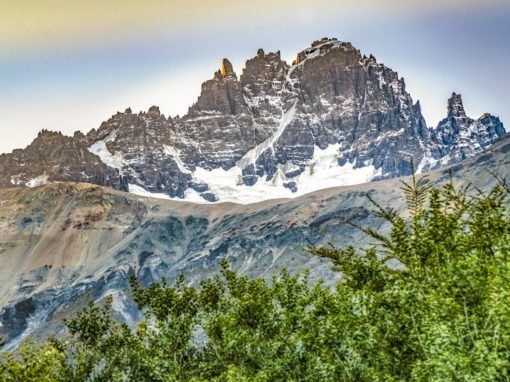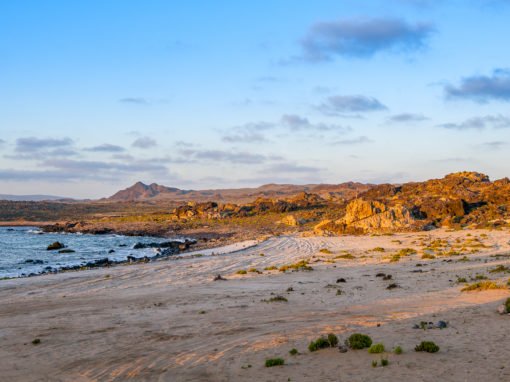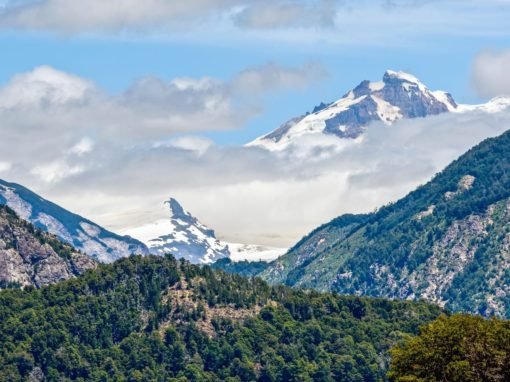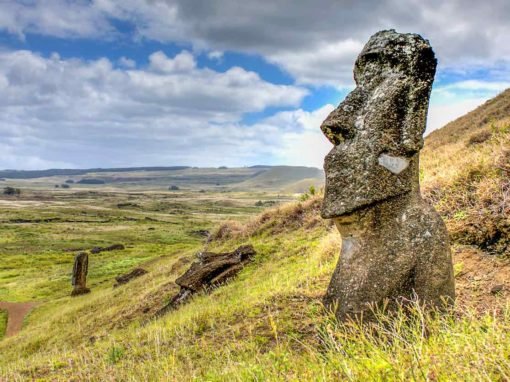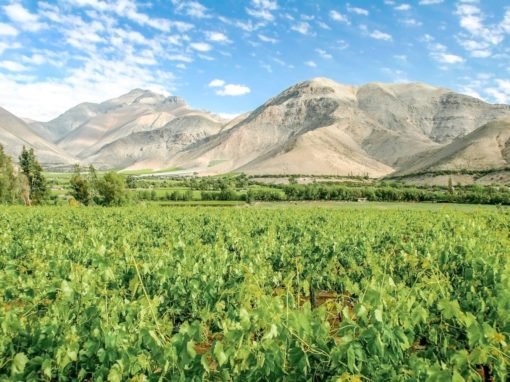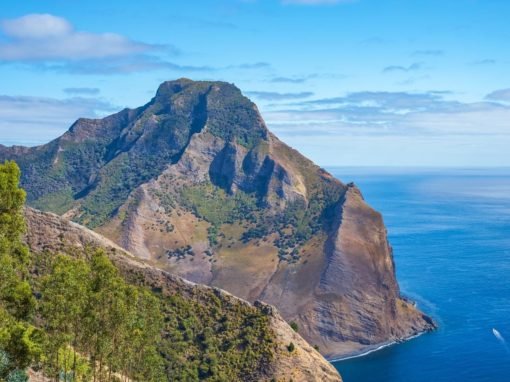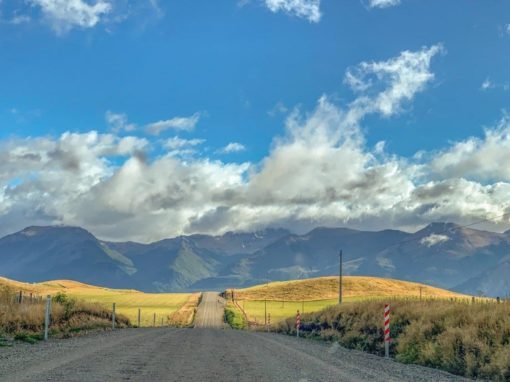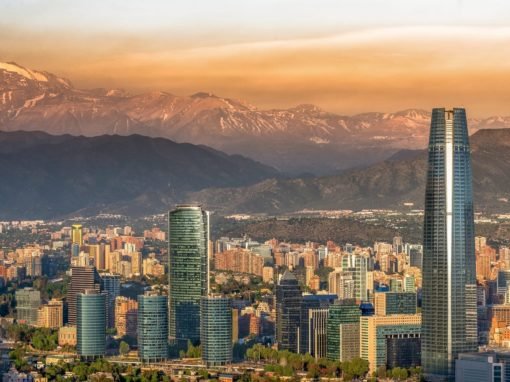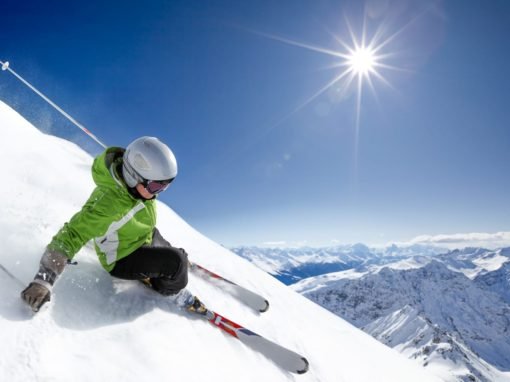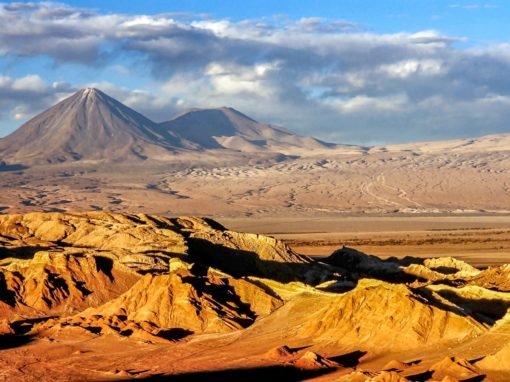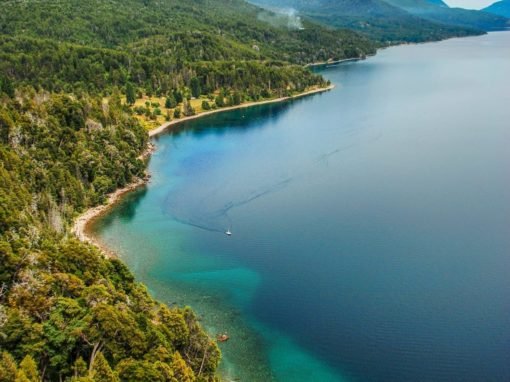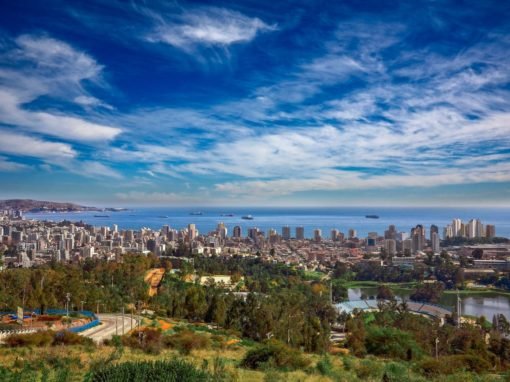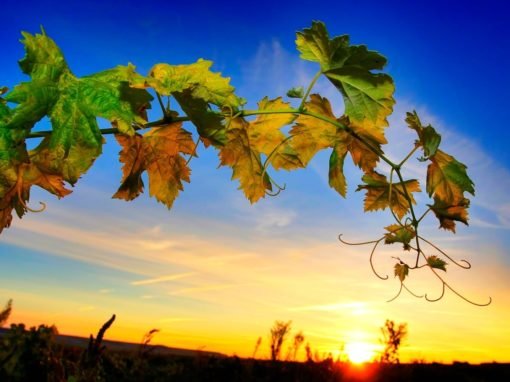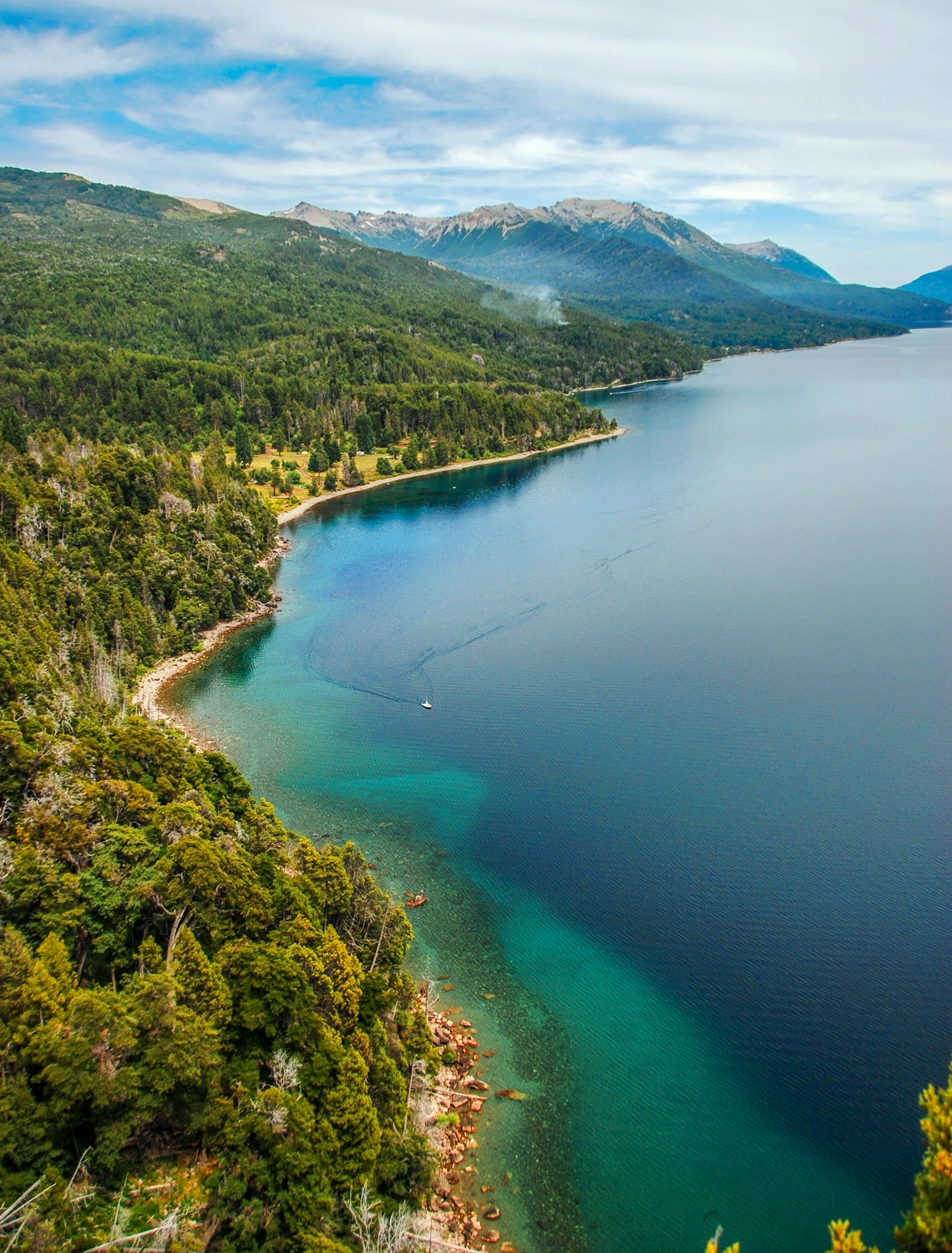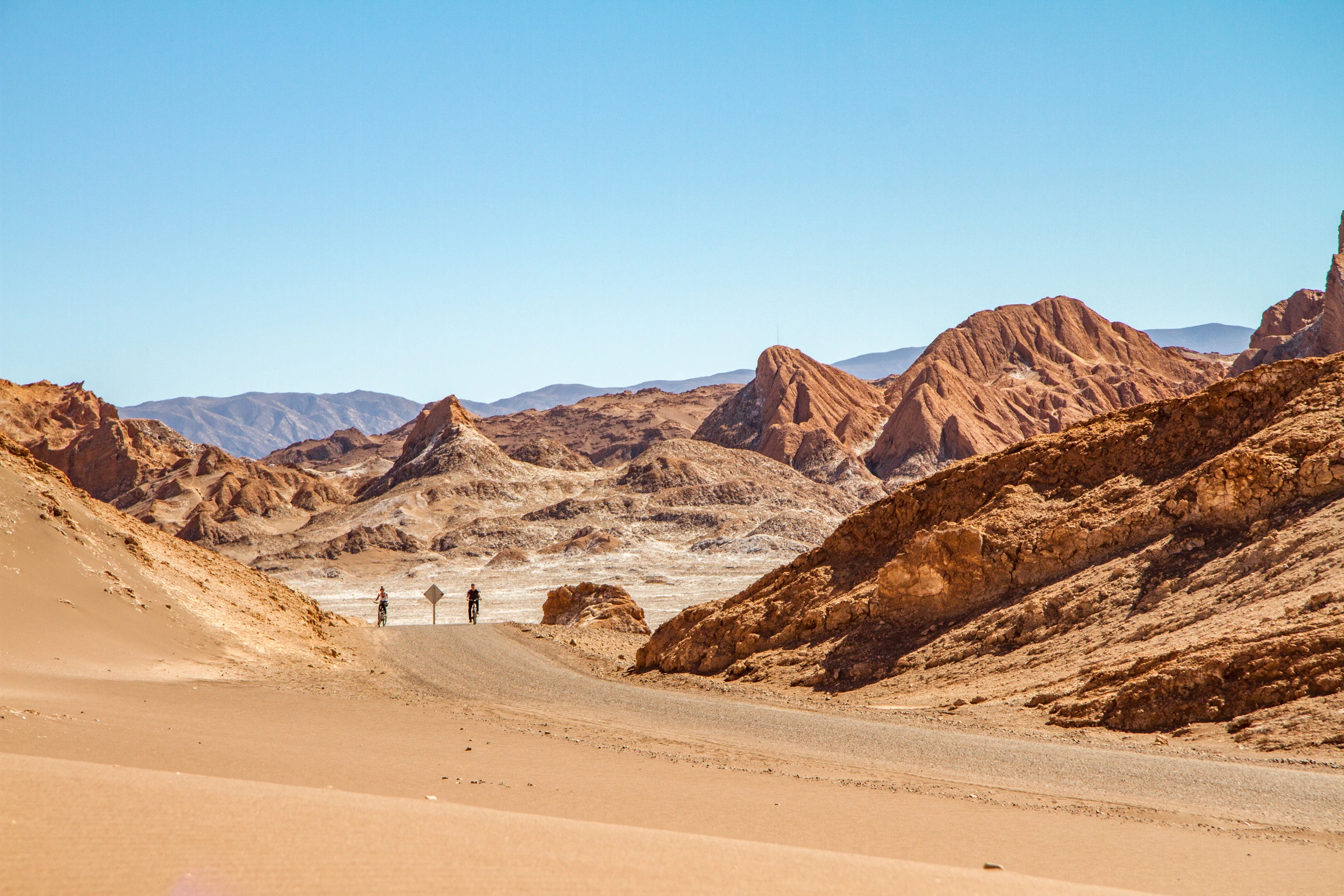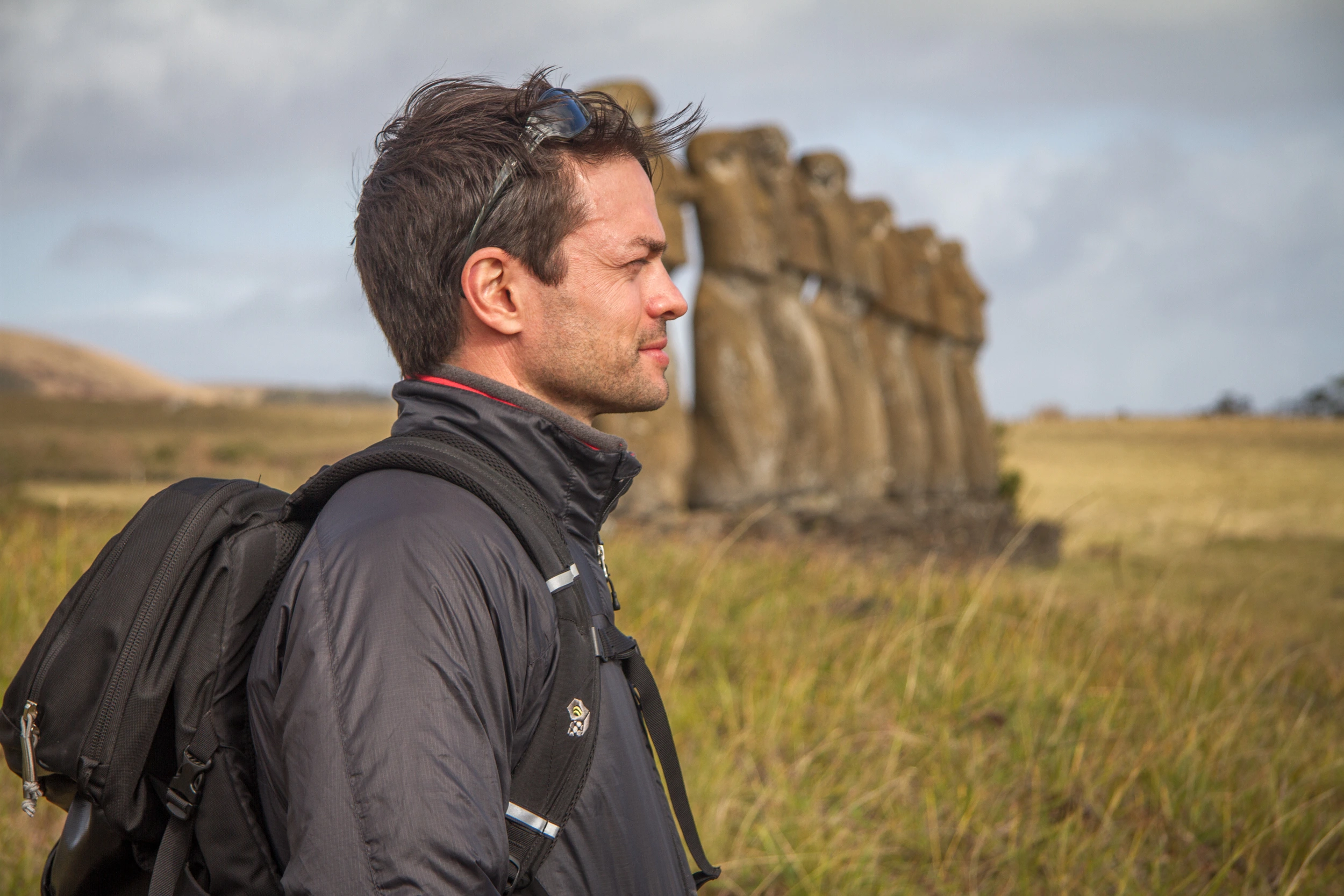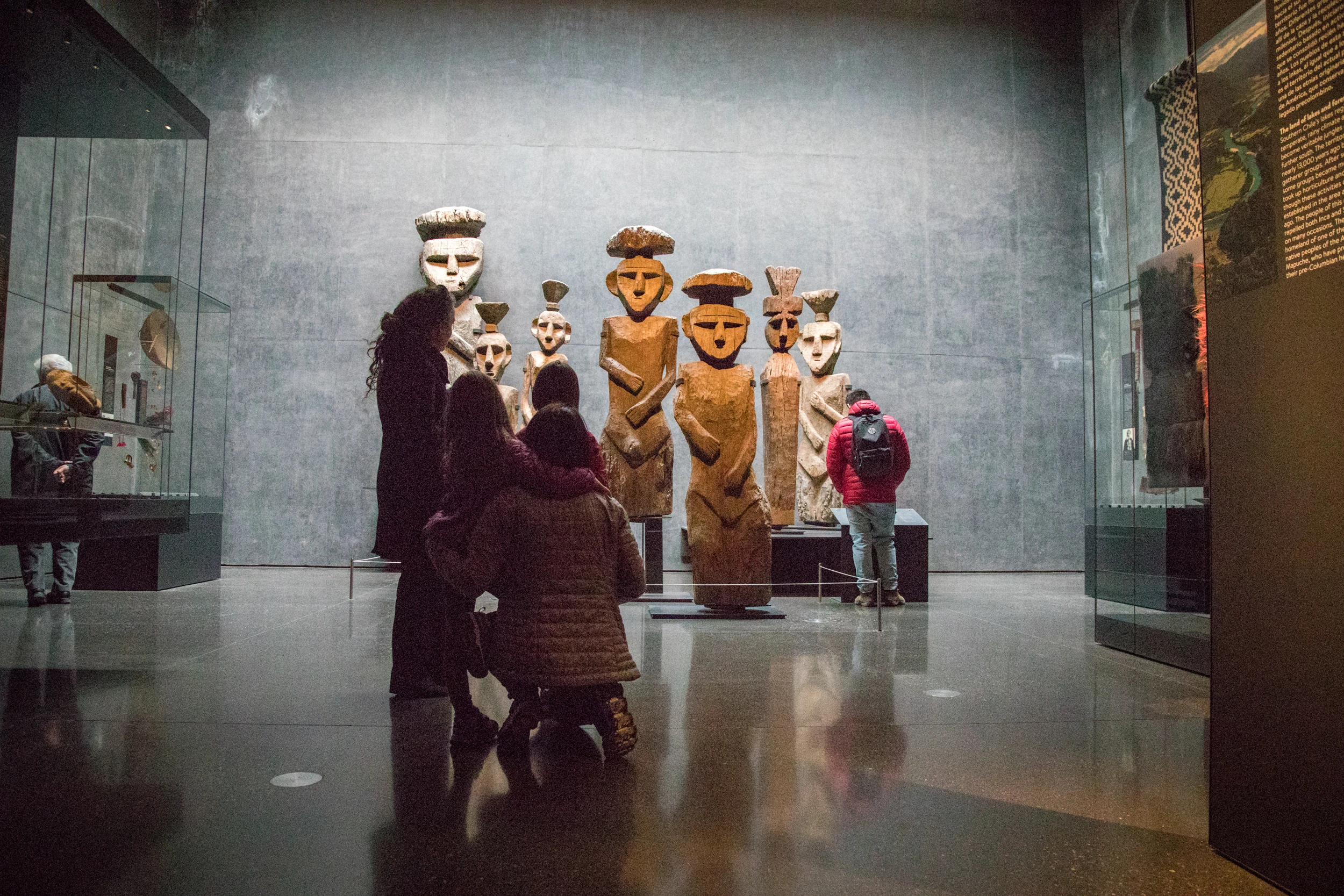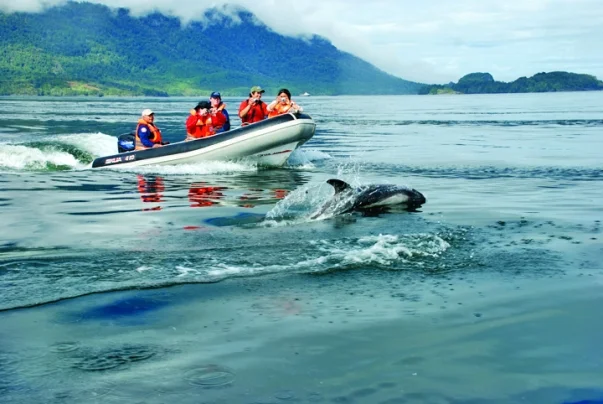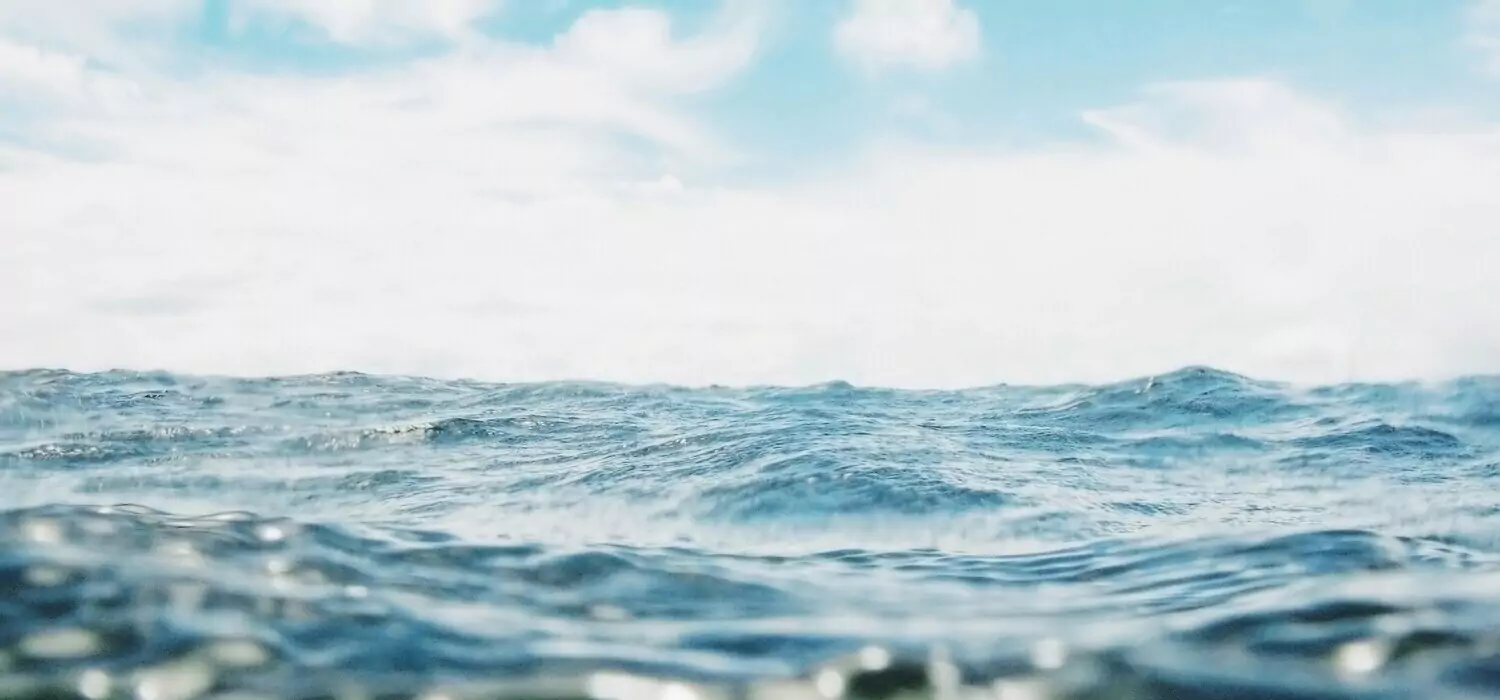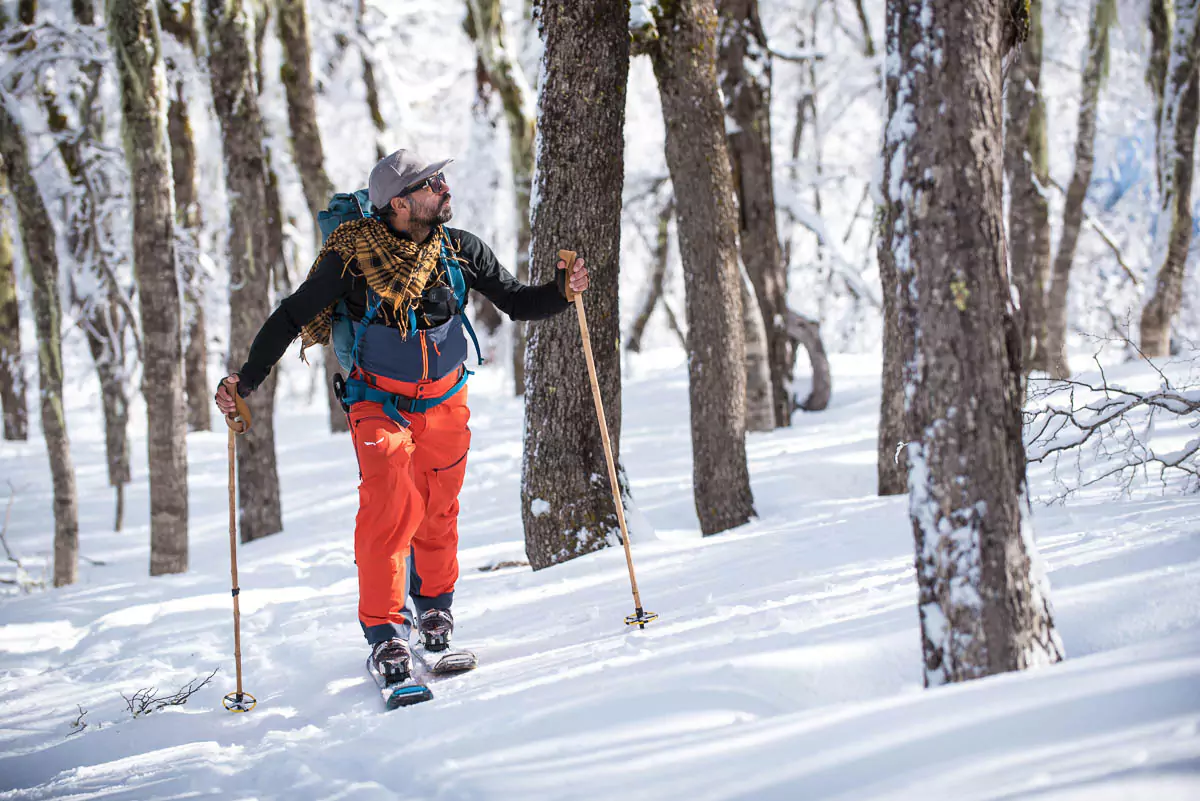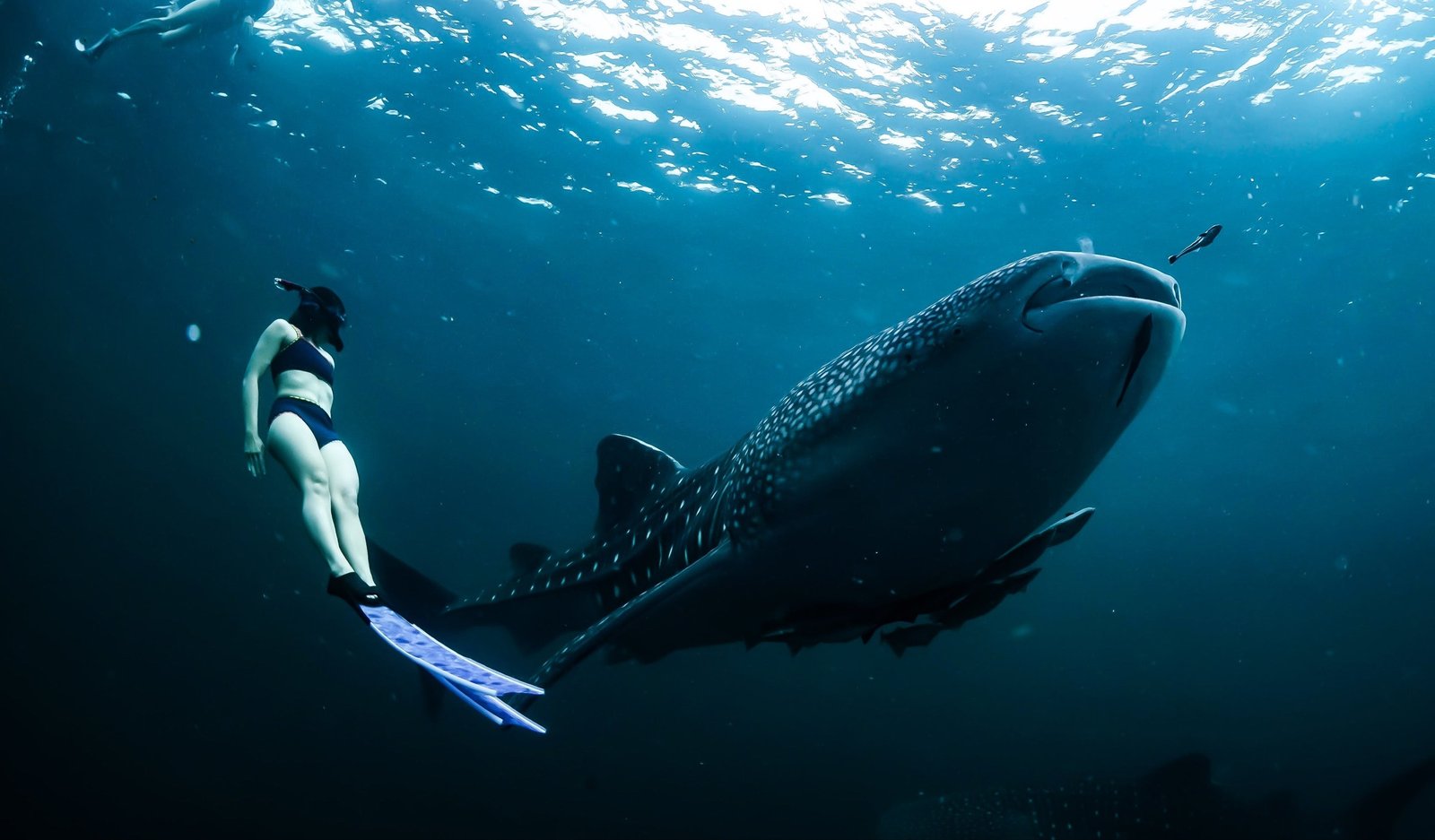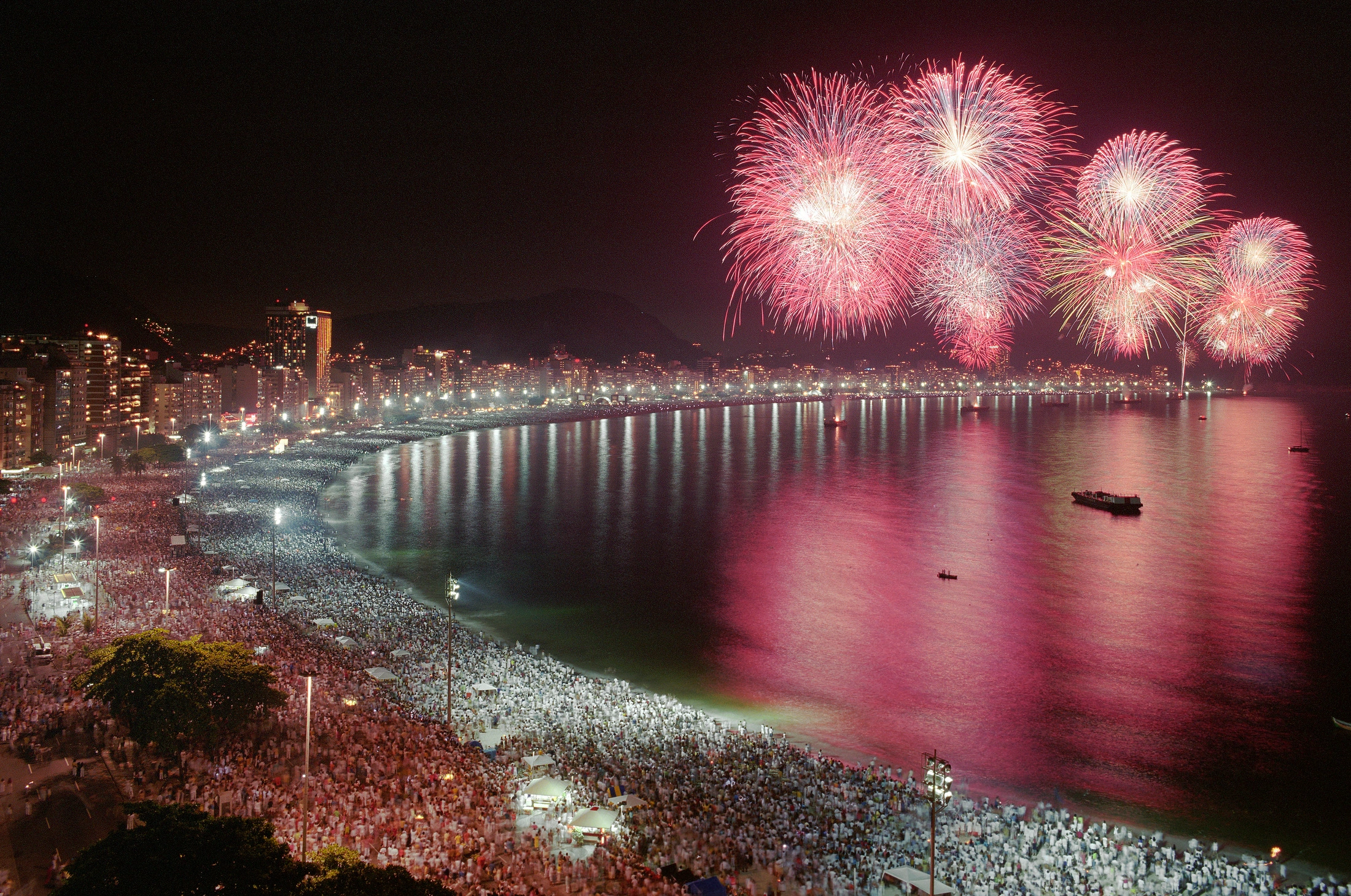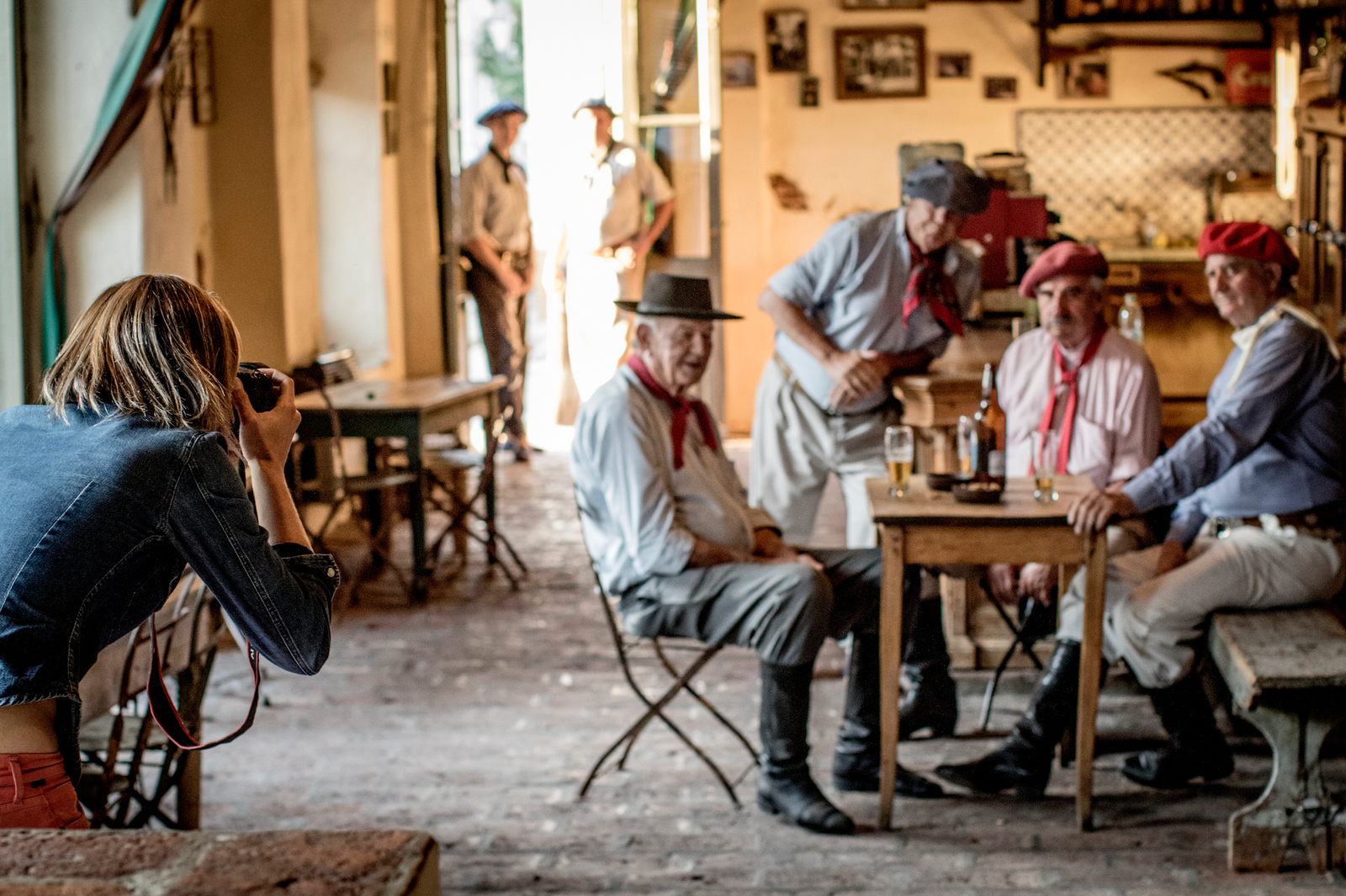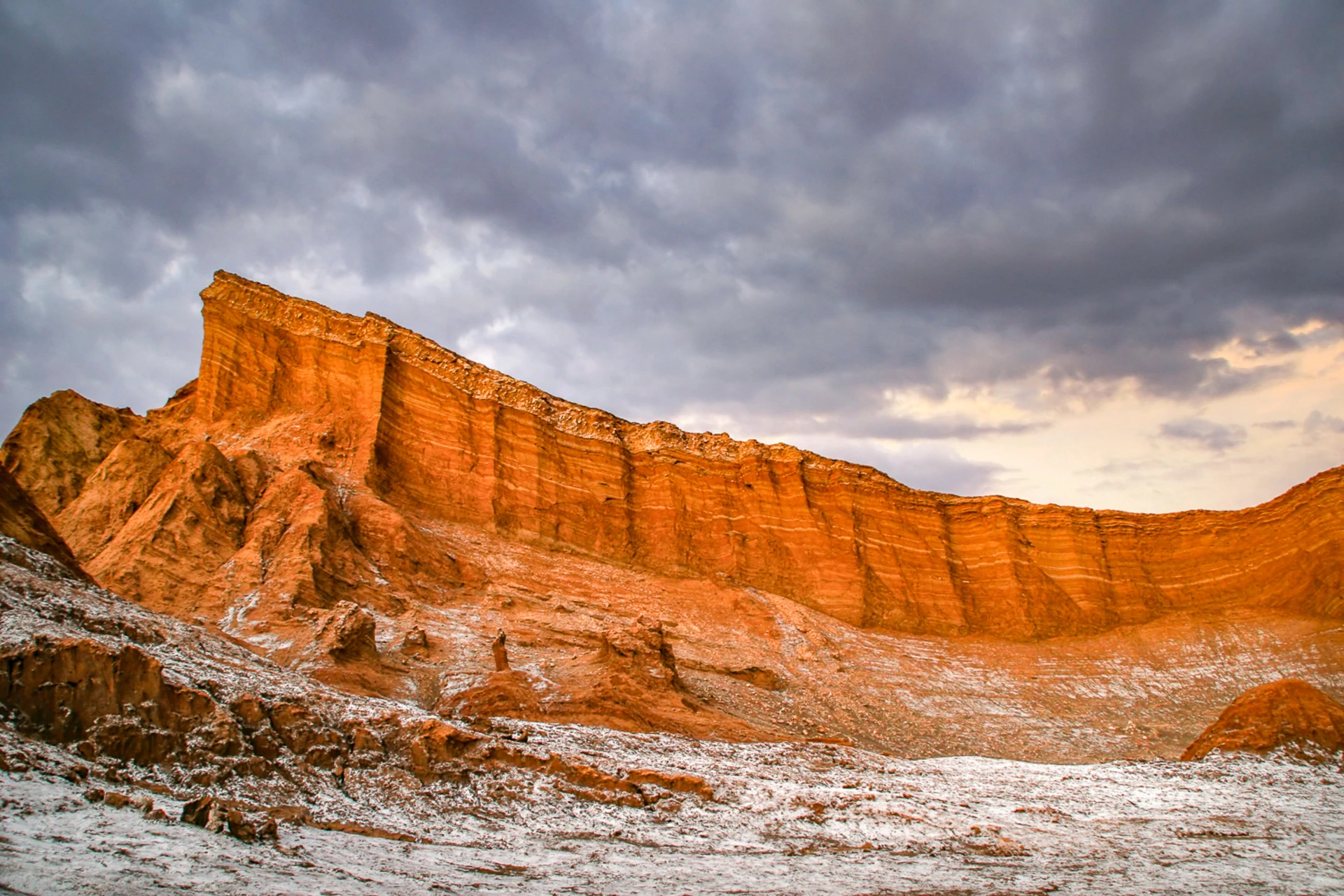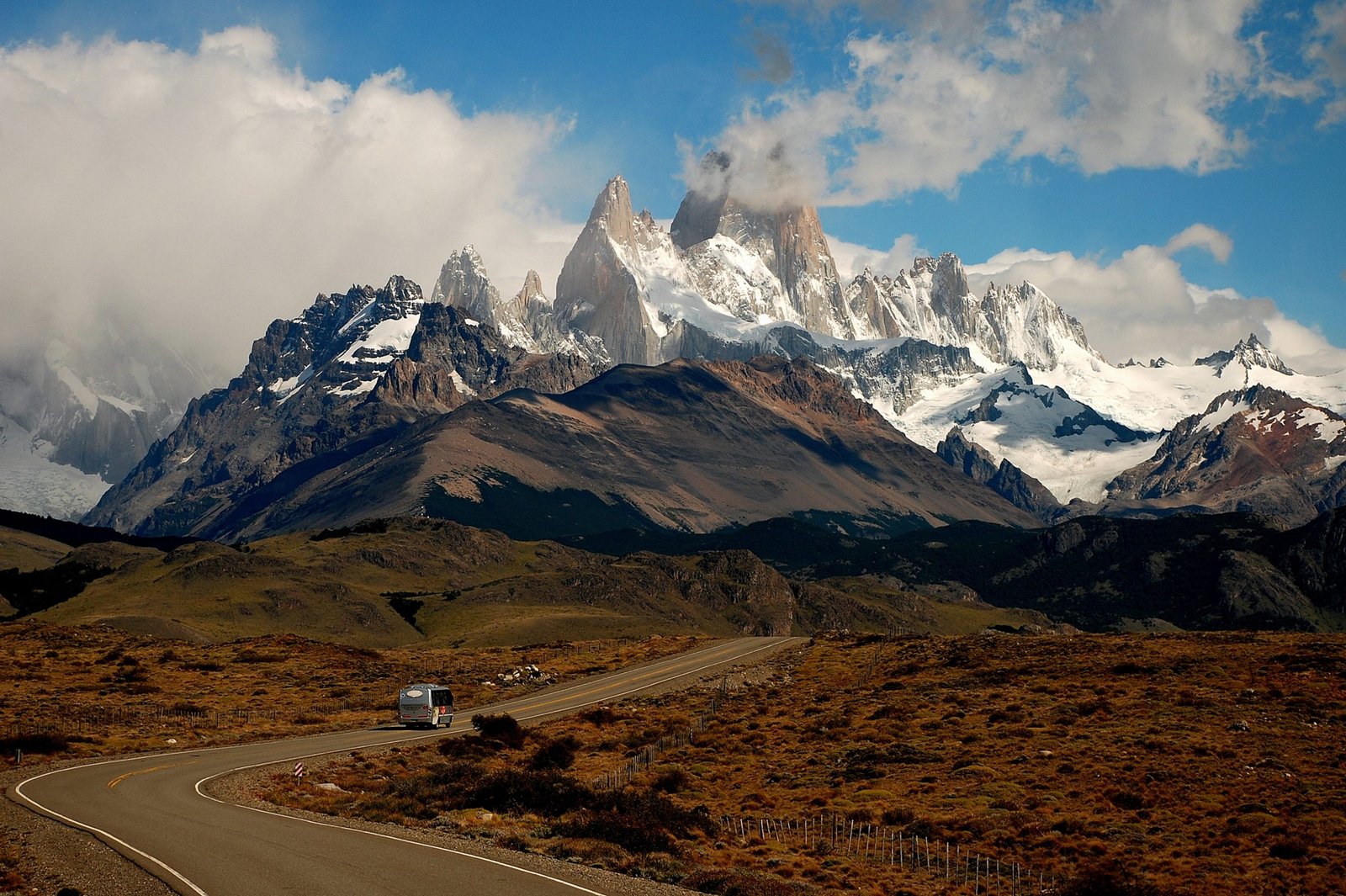Chile
Smile. You’ve LANDED in Chile.
A thin ribbon of land hugging the South American west coast, Chile is surprisingly home to the most diverse and stunning collection of landscapes in the continent. Our luxury Chile tours will give you a taste of the vibrancy of Chilean life.
CAPITAL SANTIAGO
LANGUAGE SPANISH
CURRENCY CHILEAN PESO
READ THE BOOK OF QUESTIONS
SIP & TASTE CARMÉNÈRE & CURANTO
EXPERIENCE SKIINGIN THE ANDES MOUNTAINS
Start your journey today
Destinations
Where to go in Chile
Adventures you can’t Miss
Luxury accommodations in Chile
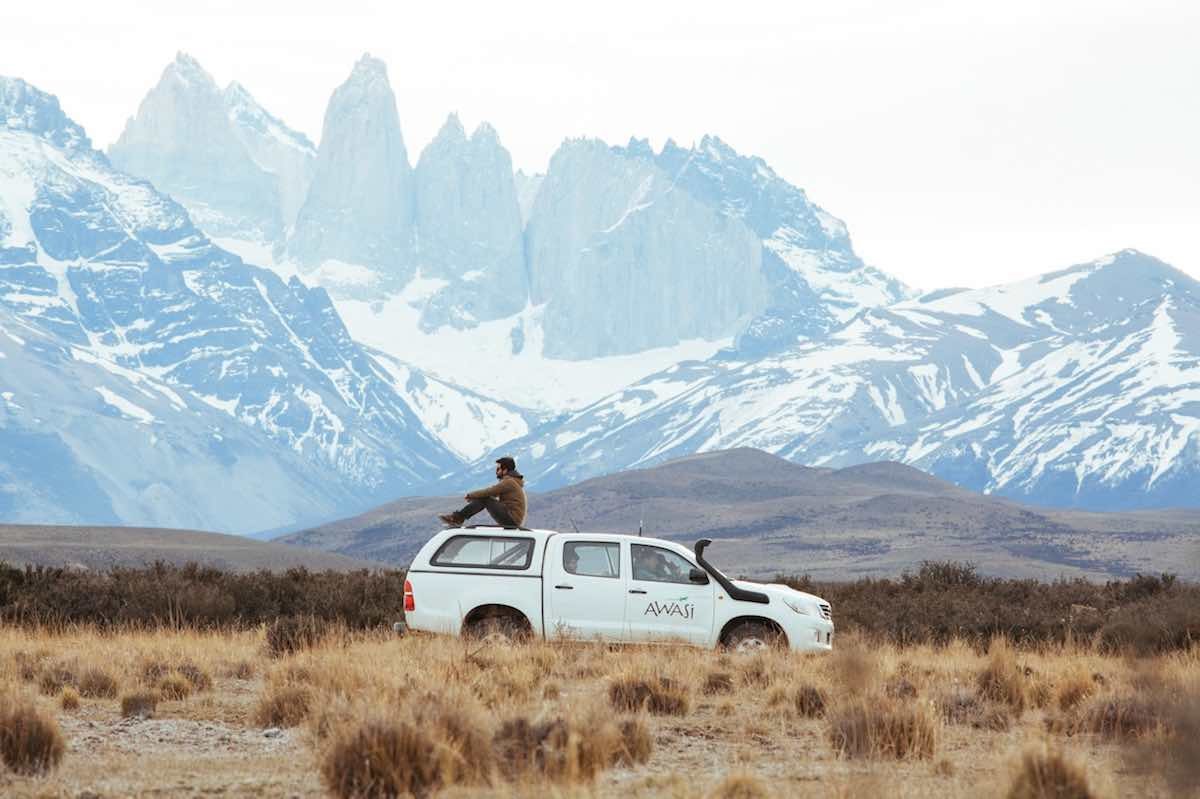
Awasi Patagonia
Torres del Paine

Explora Rapa Nui
Easter Island
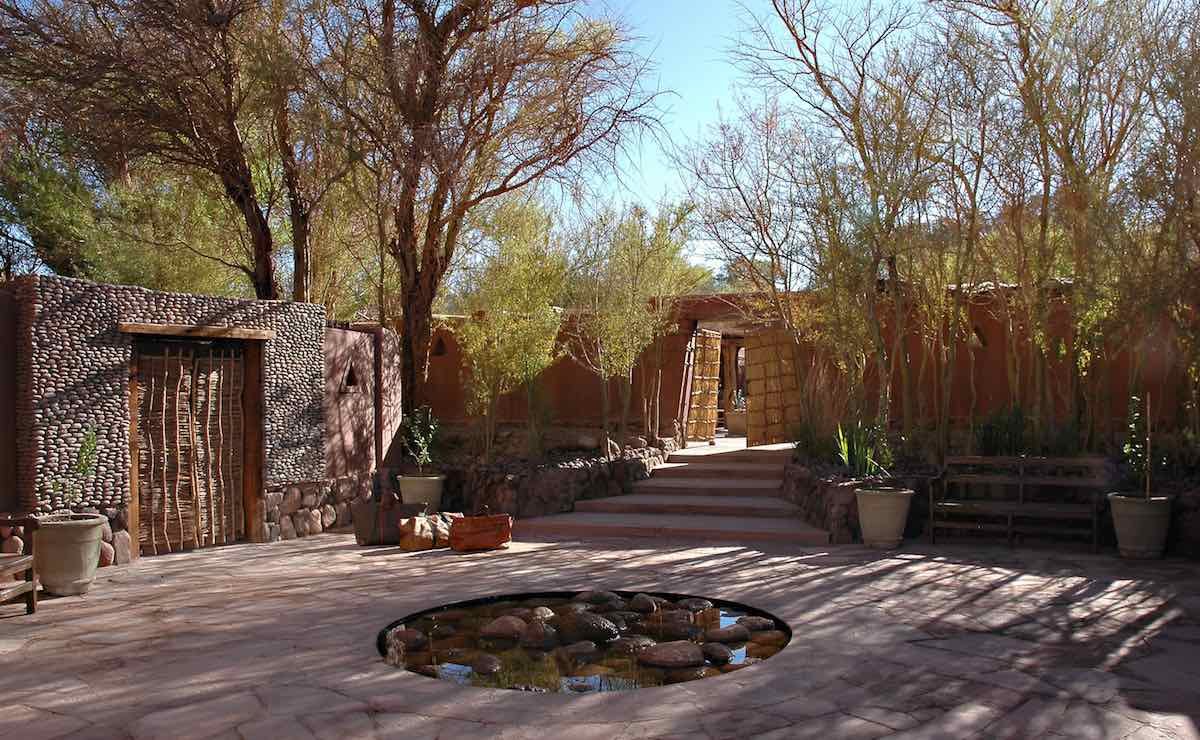
Awasi Atacama
Atacama Desert

Paguimalal Villa
Lakes District
Albums & Stories
Want a deeper look into the vibrancy and beauty of Chile? Take a look at our meticulously curated collection of all the essential information and sought-after insights to help you envision Chile as your ultimate luxury travel destination. Learn more about Chile with our family photos, articles, and podcasts covering the history, geography, culture, and more to help prepare for your trip!
Gallery
FAQ
What is the best time to visit Chile?
Speaking in broad generalities, the high season for leisure travel to Chile is December through February. The shoulder season months—October to November and March to April—can also be excellent, with mild climates and fewer visitors.
What language is spoken in Chile?
What should I pack for Chile?
What to pack for your trip to Chile depends on which destinations you’ll visit, how long you’ll be away, what you’ll be doing in Chile, and the time of year.
Still, here are some essentials to help you get started:
- Passport. Lock the original in the hotel safe and keep a copy (say, a photo of the passport’s photo page) with you at all times.
- US cash in small denominations for tips. Currency exchange establishments will only take $100 dollar bills (clean, un-torn bills).
- Credit & ATM cards. ATMs are available and major credit cards are accepted at most restaurants and hotels. Please confirm your travel dates and destinations with your card issuers before you leave the country.
- Airline flight information
- Camera, batteries, & data cards (or film, if your hands are occasionally scented by fixer or selenium)
- Electrical adapter, universal surge protector, & power strip
- Daypack or small backpack
- Sun protection (sunblock, sunhat, & sunglasses)
- Insect repellant & antihistamine (anti-itch) spray
- Prescription medications
- Rain jacket
- Synthetic fleece pullover or other warm layers
- Swimwear
- Light, informal clothing for dining and hotel or in cities (it’s amazing how versatile a charcoal grey sweater can be).
- Comfortable walking or hiking shoes
- Wind-resistant jacket, gloves, hat, and trekking pants (if you’re headed to the Andes and/or Patagonia).
LANDED has also prepared a special packing list for travelers visiting Patagonia.
How safe is Chile?
Chile is generally quite safe; however, common-sense precautions are still important. Bag snatchers and pickpockets target public transportation hubs and tourist areas. As a general rule, you should not be out in the streets alone after dark. Stay in well-lit areas and be aware of your surroundings. Most incidents occur in the street. Keep your travel documents (e.g. passports) in the hotel safe or concealed in a zippered pocket. Leave that flashy wristwatch at home or in the hotel security box. The hotel concierge and local guides can provide the most up-to-date safety guidance.

